In its primary meaning, a silhouette can be defined as the outline of an object. It basically means the same in fashion, but more precisely, it is the shape that clothes create around our bodies.
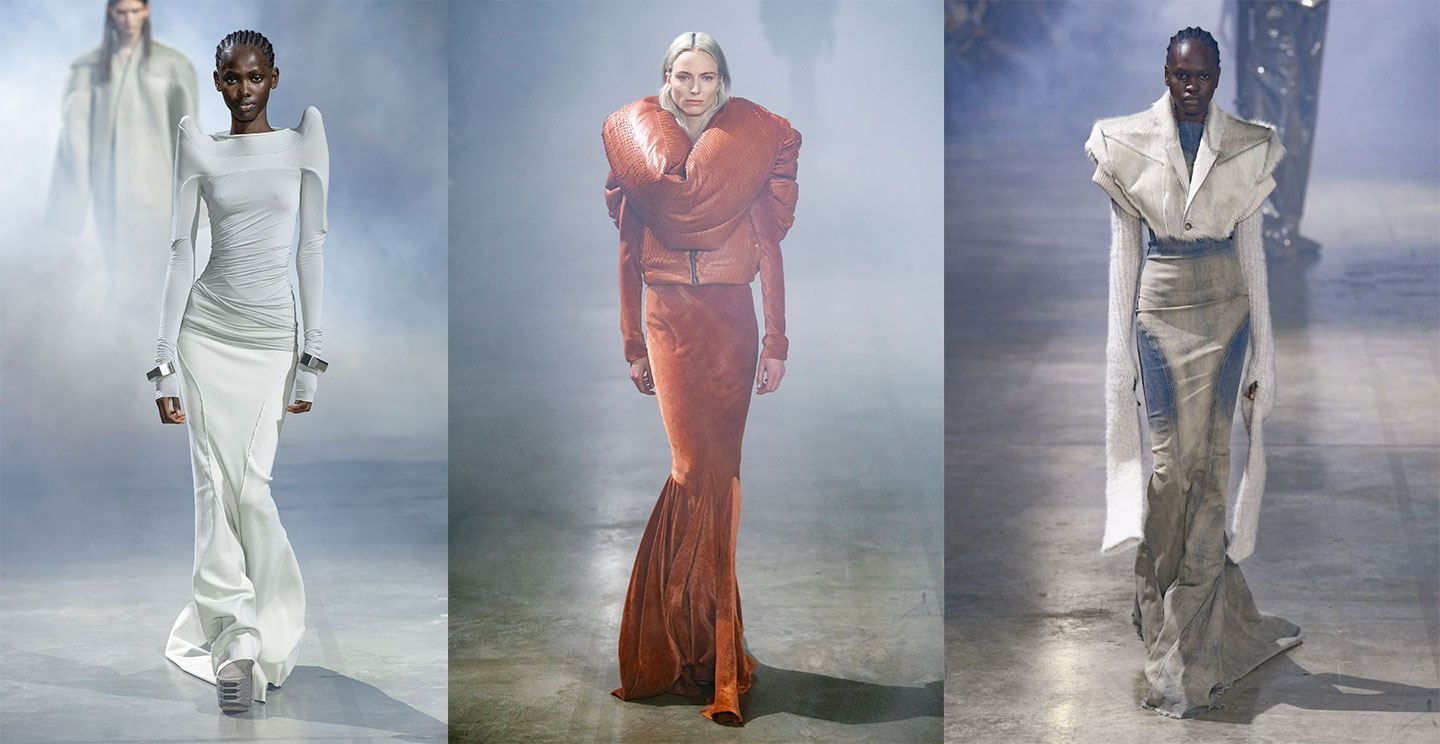
Rick Owens fall-winter 2022 show at Palais de Toyko, Paris. Highlights: ultra-cropped outerwear, sculptural puffers, jackets with camel-alien shoulders
Clothes do not need to fit or strictly follow the lines of our bodies but can be cut and sewn to sculpt the body. Funny enough, the shape that clothes create around our bodies is not necessarily our body’s actual shape. Silhouettes are a way to use clothes to create the illusion of a new body shape by modifying the body’s real proportions.
How humankind rethought body shape throughout history
When humans first started wearing clothes, it was primarily considered a practical way to cover up their bodies.
At the end of the Middle Ages, people began to be more aware of the importance of garments and their fit to make them more comfortable or functional.
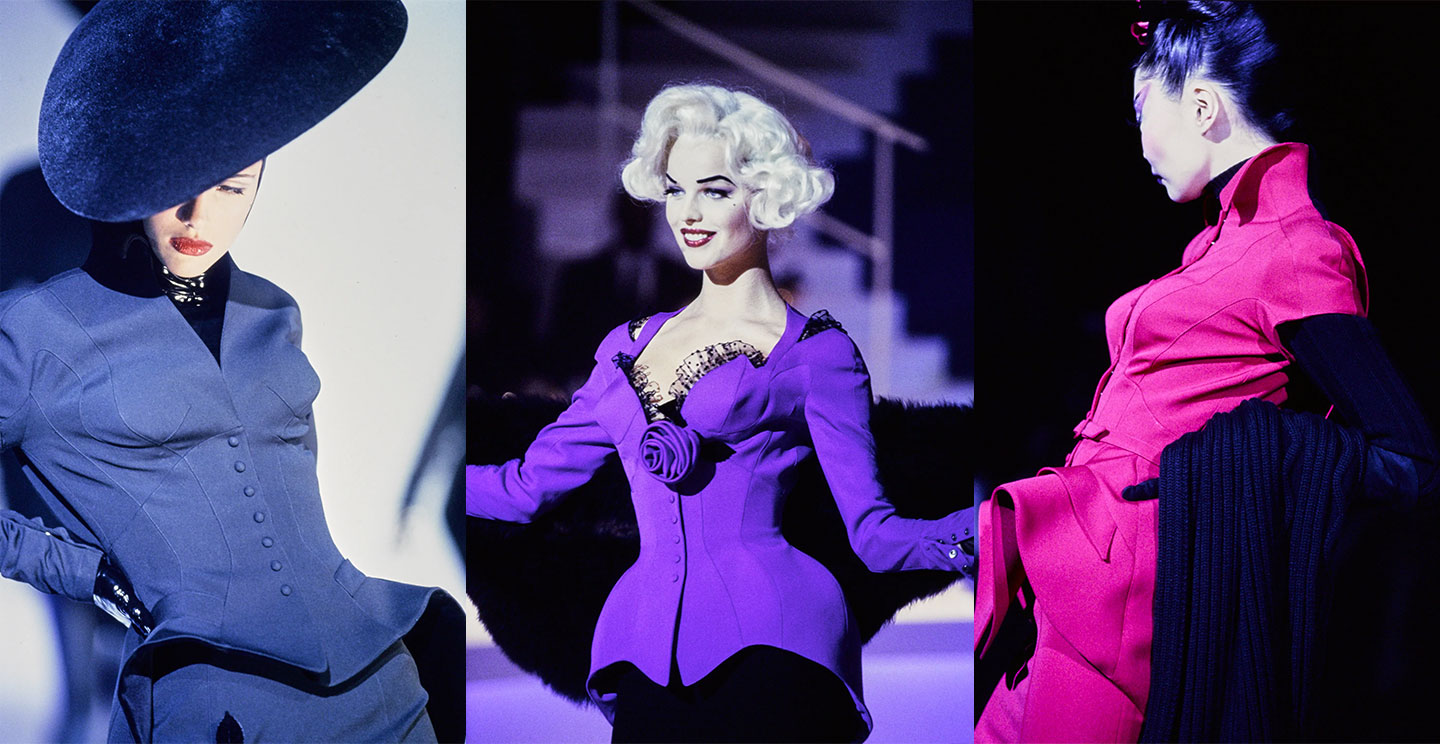
Corsetry has always been an essential part of the DNA of the fashion house founded by the late Thierry Mugler. Thus, intense lacing combined with the conformity of a rigid construction is often observed in the archives, as in this fall 1995 haute couture collection
Clothes have shaped our bodies, but we have also shaped our clothes to reflect our personalities and world.
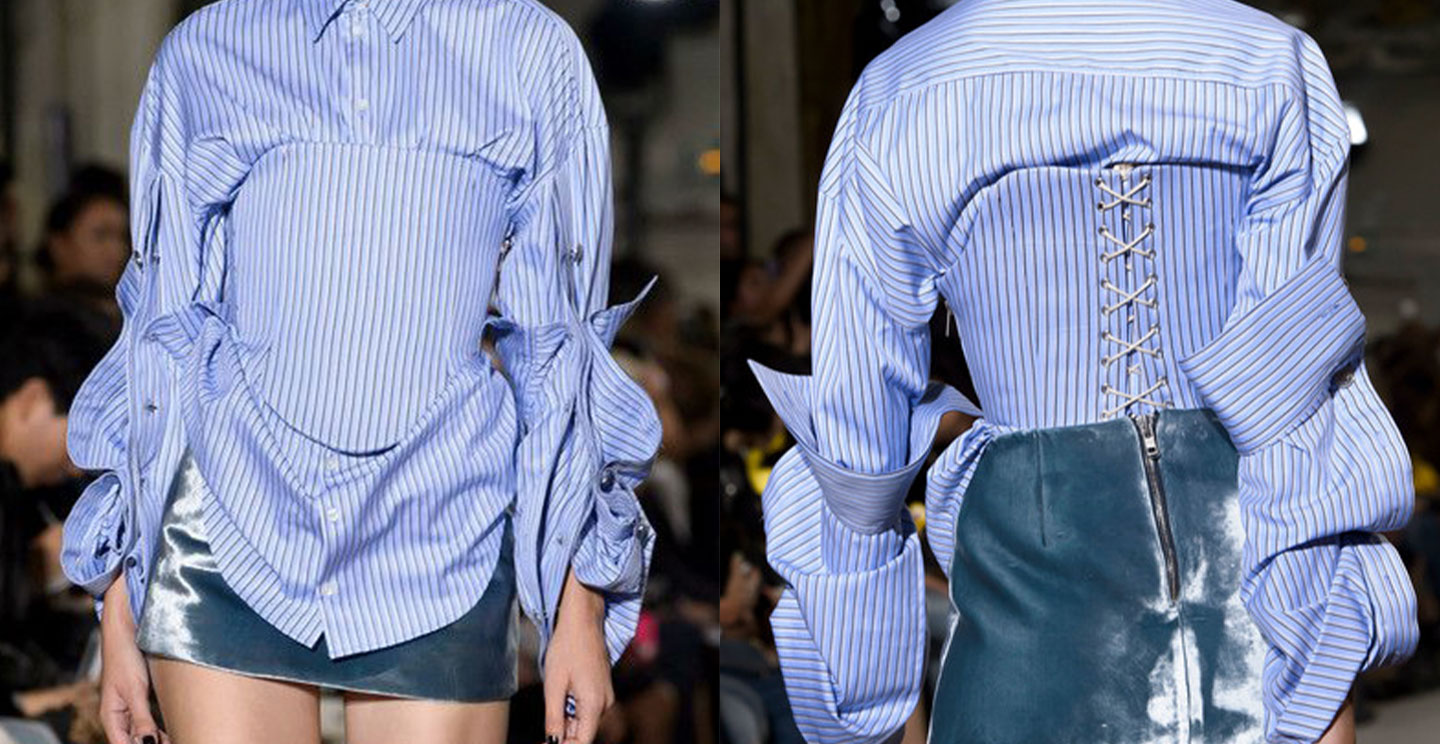
Glenn Martens’s approach to construction ruled the runway at his spring 2017 show for Y/Project
It’s a world of silhouettes, and we all live in them
Today we as humans use clothes and fashion to reflect how we want to be perceived, and we experiment and use the silhouette that the clothes create to make our bodies take different shapes.
With our choice of clothing, we decide which parts of the body we want to emphasise and which we would like to hide. There can be many different reasons we want to change our body shapes and take on different silhouettes, depending on the social context we find ourselves in or what message we would like to get across.
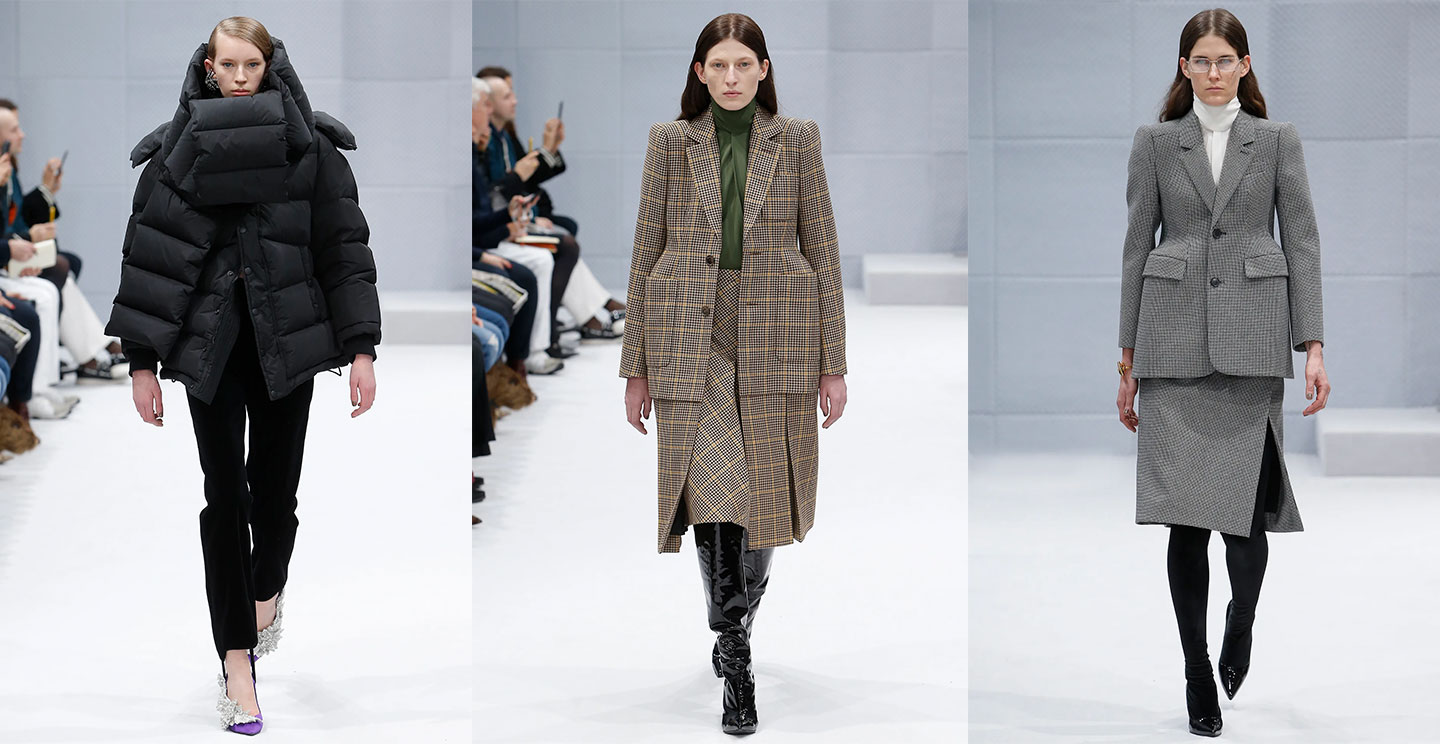
Demna Gvasalia's fall-winter 2016 debut collection for Balenciaga. “How do you persuade a woman to wear a two-piece suit who is not the German Chancellor?” asked the designer. “It was the posture and the attitude, and Cristóbal’s way of working with the body I found interesting”
We can reshape our bodies to make them look slimmer for a more flattering appearance, augment our bodies to make our silhouettes look more prominent, for a more powerful impression, or maybe we just want to hide our bodies. Perhaps we want to free our bodies by wearing garments that allow us more freedom of movement or more freedom of expression.
Over the years, our clothes have changed their shape and proportions due to social movements and to reflect changing values and attitudes.
From contorting bodies into conventions of desirability to direct defiance of fashion’s norm
For centuries, people used garments to make their bodies into flattering shapes and silhouettes. In modern times fashion designers have broadened our ideas of what clothes should be.
In today’s world, clothes do not need to be perfect, flawless, or made of fine materials to look fashionable, and in that way, fashion has pushed our definition of beauty.
It might be the most obvious choice to create and follow new trends, but creating innovative shapes can push us to change how we think about our culture, ourselves and our bodies.
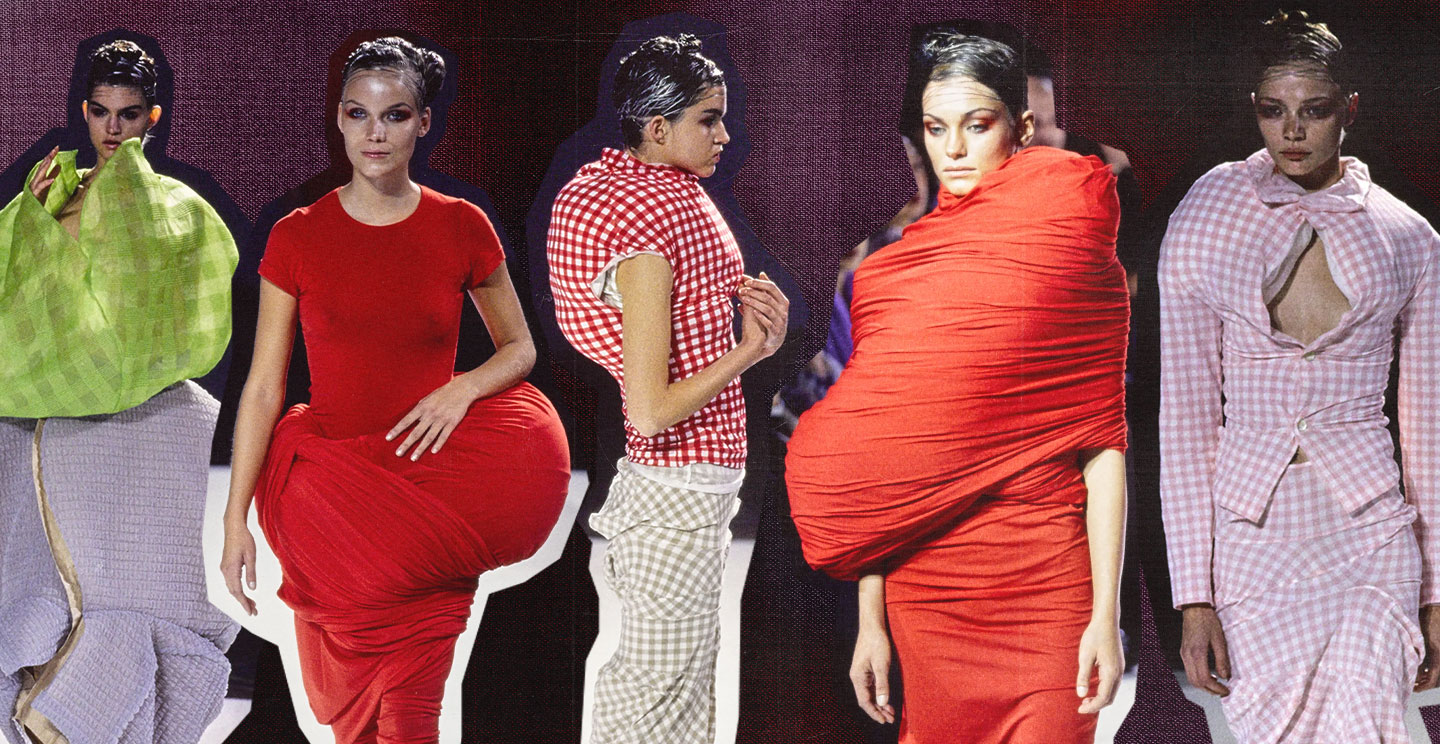
Iconic Rei Kawakubo's Comme des garçons spring 1997 collection titled Body Meets Dress, Dress Meets Body
Creating nonconventional and experimental shapes may allow designers to express their creativity, stir up emotions, and be taken seriously as traditional artists, like painters, sculptures, and architects.
For sure, quirky clothing shapes do not need to be liked by everyone, and not everyone considers them flattering. They are designed to let the world know that fashion doesn’t want to be predictable or conventional and that clothes do not necessarily need to shape the body into what is traditionally considered flattering. Creating a playful style can free people and their bodies from conventions.
Rebecca Scheutz
Tutor in Pattern Making courses in the Fashion Design programme, Milan

